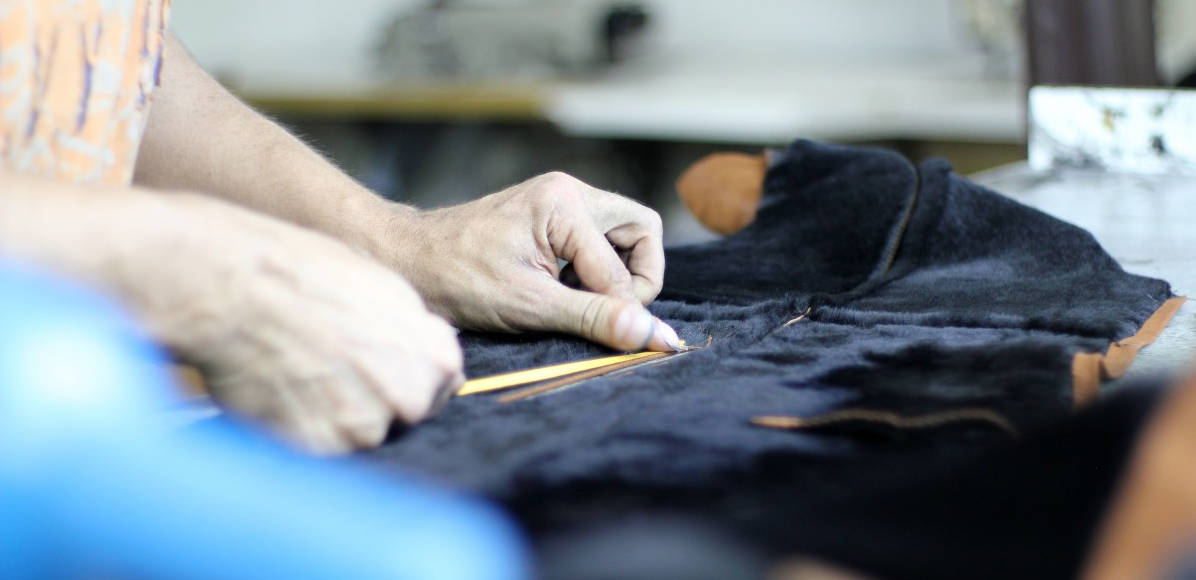
Contents
- 1 Introduction:
- 1.1 1. Visual and Aesthetic Inspection:
- 1.2 2. Material Quality Verification:
- 1.3 3. Lens Accuracy and Optical Performance Test:
- 1.4 4. Coating Integrity Assessment:
- 1.5 5. Frame Integrity and Durability Test:
- 1.6 6. Fit and Comfort Evaluation:
- 1.7 7. Compliance with Safety Standards:
- 1.8 8. Packaging and Labeling Check:
- 2 Conclusion:
Introduction:
The final step before eyeglasses reach consumers is the crucial pre-shipment inspection. This stage ensures that each pair of eyeglasses meets the highest standards of quality, functionality, and safety. This article outlines the detailed processes involved in the pre-shipment inspection of eyeglasses, highlighting the key tests that are essential to certify their readiness for the market.
1. Visual and Aesthetic Inspection:
Objective: To ensure that each pair of eyeglasses is free from cosmetic defects and aligns with aesthetic standards.
Process: Inspectors conduct a thorough visual examination to identify any surface imperfections such as scratches, uneven coloring, or improper finishing on both lenses and frames. This includes checking for consistency in color and texture.
2. Material Quality Verification:
Objective: To confirm that the materials used for frames and lenses comply with quality standards.
Process: Using material testing techniques such as tensile testing for frames and clarity checks for lenses, inspectors verify the durability and quality of materials. For plastic and metal frames, stress resistance tests are conducted.
3. Lens Accuracy and Optical Performance Test:
Objective: To ensure that lenses meet the prescribed optical specifications.
Process: Precision instruments like lensometers are used to verify the refractive power, axis, and prism of each lens. The alignment of bifocal or progressive lenses is also checked to ensure they match the prescribed specifications.
4. Coating Integrity Assessment:
Objective: To verify the quality and effectiveness of lens coatings.
Process: Inspectors check for uniformity and completeness of anti-reflective, scratch-resistant, and UV protective coatings. Tests may include light transmission analysis and scratch resistance tests.
5. Frame Integrity and Durability Test:
Objective: To assess the structural integrity and durability of eyeglass frames.
Process: The inspection includes flexure tests on frame arms and stress tests on joints and hinges. Frames are also tested for their ability to retain shape and resist deformation under stress.
6. Fit and Comfort Evaluation:
Objective: To ensure that eyeglasses provide a comfortable fit for the user.
Process: Using adjustable mannequins or test subjects, inspectors check the fit of eyeglasses, focusing on areas like the nose bridge and behind the ears. The balance and weight distribution of the eyeglasses are also assessed.
7. Compliance with Safety Standards:
Objective: To confirm adherence to international safety standards.
Process: Eyeglasses are tested for impact resistance and checked against standards set by organizations like the ANSI or the ISO. This ensures that the eyeglasses are safe for everyday use and can withstand reasonable impact without damage.
8. Packaging and Labeling Check:
Objective: To ensure that eyeglasses are properly packaged and labeled.
Process: Inspectors verify that the packaging protects the eyeglasses during transit and that all necessary information, including prescription details, care instructions, and manufacturer information, is accurately provided.
Conclusion:
Pre-shipment inspection is a meticulous and multi-faceted process, critical in ensuring that the eyeglasses delivered to consumers are of the highest quality and safety. By rigorously adhering to these testing methods, manufacturers and suppliers can guarantee that their products not only meet but exceed customer expectations in terms of quality, functionality, and safety. This dedication to excellence is essential in maintaining consumer trust and upholding the reputation of eyewear brands.




